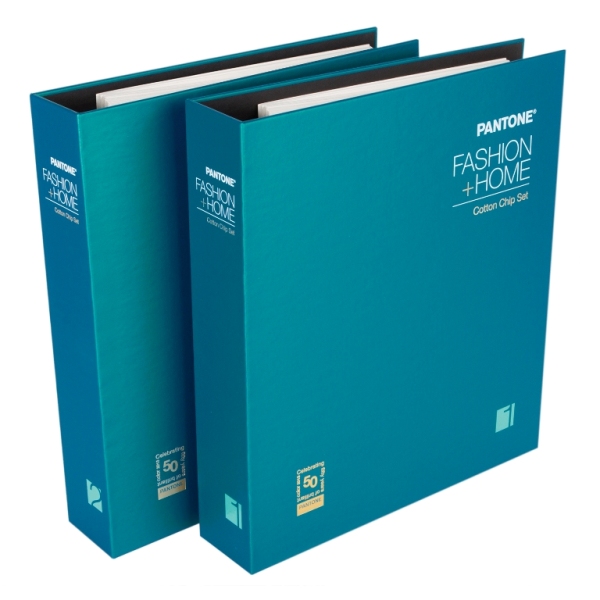Understanding Device Calibration and Its Procedure: A Complete Guide
Description:
Discover what device calibration is, why it's crucial, and the standard procedures involved. Learn how calibration ensures accuracy, compliance, and reliability in various industries.
What is Device Calibration?
Device calibration is the process of configuring an instrument to provide a result for a sample within an acceptable range. It ensures that devices produce accurate and reliable measurements, which are critical in sectors such as healthcare, manufacturing, aerospace, and laboratory testing.
Why is Calibration Important?
-
Accuracy & Precision:
Over time, measurement devices can drift from their original settings. Regular calibration maintains accuracy. -
Compliance with Standards:
Many industries require compliance with standards like ISO 9001, ISO/IEC 17025, or FDA guidelines, all of which mandate regular calibration. -
Safety:
Incorrect readings from uncalibrated devices can lead to safety hazards, particularly in fields like aviation, pharmaceuticals, and construction. -
Cost Savings:
Preventing measurement errors reduces waste, rework, and costly downtime.
Types of Device Calibration
-
Mechanical Calibration: Used for torque wrenches, pressure gauges, and micrometers.
-
Electrical Calibration: Applies to voltmeters, ammeters, and oscilloscopes.
-
Thermal Calibration: Involves thermometers, temperature sensors, and data loggers.
-
Dimensional Calibration: Pertains to calipers, rulers, and coordinate measuring machines.
Standard Device Calibration Procedure
-
Preparation:
Identify the device, its specifications, and required standards. Ensure it's clean and in working condition. -
Reference Standard Selection:
Use a calibration standard traceable to a national or international body (e.g., NIST). -
Calibration Setup:
Place the device in a controlled environment. Use proper tools and follow a documented procedure. -
Measurement & Adjustment:
Compare the instrument’s readings to the standard. Adjust the device if deviations are found. -
Documentation:
Record all calibration data, including conditions, technician details, and results. Generate a calibration certificate. -
Labeling:
Affix a calibration sticker to indicate the date of calibration and the next due date.
How Often Should Devices Be Calibrated?
Calibration frequency depends on:
-
Manufacturer recommendations
-
Device usage rate
-
Past calibration history
-
Regulatory requirements
A common practice is annual calibration, but high-precision tools may require more frequent checks.







